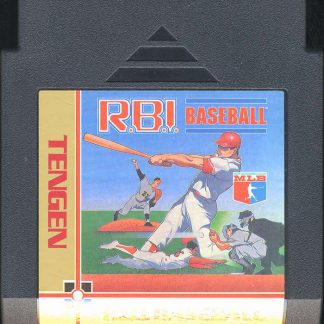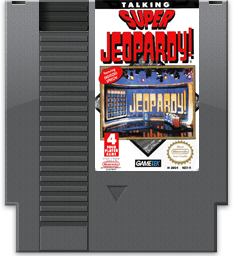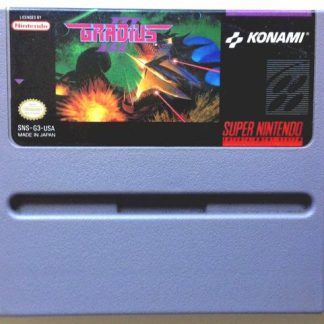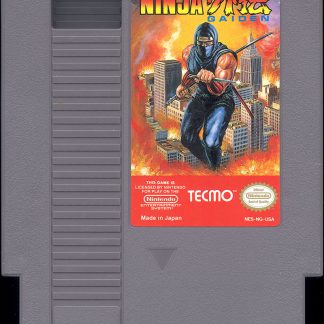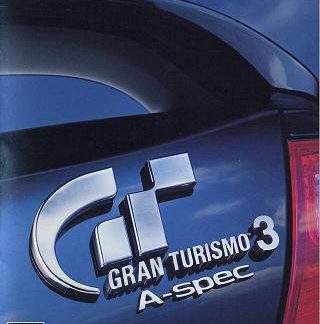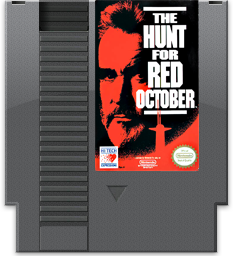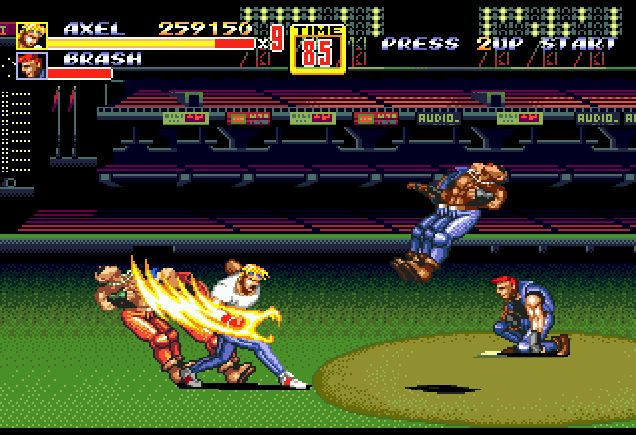
It isn’t very often that a sequel makes such a dramatic leap in quality over its predecessor. Super Mario Brothers 3 stands as one of the greatest examples of such. The original Streets of Rage was quite good for what it was: a first attempt at cloning a popular arcade game, in this case Final Fight. Streets of Rage 2 not only matches Final Fight it exceeds it and stands as one of the shining examples of the genre.
Streets of Rage 2 was released in fall 1992. After celebrating the one year anniversary of Mr. X’s defeat, Axel, Blaze, and Adam go their separate ways. The following morning Axel is alerted by Adam’s younger brother Skate that he has been kidnapped, signaling the return of Mr. X. Enlisting the aid of Skate and professional wrestler Max Thunder the four man crew is ready to kick some ass and take back the streets. This is a dramatic leap over the first game; there isn’t a single element that has been given a new coat of paint.
The 4 characters are all rated in terms of power, technique, speed, jump and stamina and this time the differences are far more tangible. Max is an absolute beast, draining enemy life bars in seconds while Skate is pathetically weak but makes up for it with speed and jumping ability. This extends to the individual move sets of the characters as well. Your repertoire of moves has been greatly expanded and this solves one of the biggest weaknesses of the genre. In place of the police backup from the first game are 2 special moves unique to each character that will drain a little health. Because everyone has a different move set it is definitely worth playing through the game again as the experience will be different. It also helps that the game is fun as hell to boot.
The tempo of combat is really what sets Streets of Rage 2 a step above similar games. All enemies have life bars now and are named. It sounds like standard features for a game of this type but they also serve another purpose. Each enemy has their own individual moves and behaviors that need to be taken into account. When you see certain pairings you’ll know to prioritize the ones that need to be killed first. You’ll sometimes find yourself surrounded by 4 to 5 enemies but it will never feel cheap as you have the skills and knowledge (hopefully) to assess the situation accordingly. New enemies are introduced every level, keeping things fresh and giving you a new set of attack patterns to learn. Even the bosses, a major point of contention in the original are all manageable and don’t rely on cheap tactics such as unfair amounts of damage or insane attack priority. The journey feels like it was crafted piece by piece, with a careful eye towards avoiding unnecessary frustration.
The production values received the biggest overhaul. All of the sprites have doubled in size and detail and the game doesn’t take place completely at night anymore. You get a much wider color palette than the subdued blues and browns of the first game. The variety in the levels is staggering: the third level alone starts out in a carnival, goes through an arcade, a ride on a pirate ship then ends in a fog filled cave, complete with mechanical demons to bash. The soundtrack stands as one of the finest produced on the Genesis. It’s heavy on the techno and dance but changes to be more melodic and somber when needed.
This is the best entry in the series and is the quintessential beat em up. Even after almost 20 years the game is still fun to do a speed run through and without a doubt stands the test of time. There is no higher recommendation than that.

![Streets_of_Rage_2_(U)_[!]_123](http://www.retrogameage.com/retrogameage/wp-content/uploads/2011/05/Streets_of_Rage_2_U__123-150x150.jpg)
![Streets_of_Rage_2_(U)_[!]_156](http://www.retrogameage.com/retrogameage/wp-content/uploads/2011/05/Streets_of_Rage_2_U__156-150x150.jpg)
![Streets_of_Rage_2_(U)_[!]001](http://www.retrogameage.com/retrogameage/wp-content/uploads/2011/05/Streets_of_Rage_2_U_0011-150x150.jpg)
![Streets_of_Rage_2_(U)_[!]006](http://www.retrogameage.com/retrogameage/wp-content/uploads/2011/05/Streets_of_Rage_2_U_006-150x150.jpg)
![Streets_of_Rage_2_(U)_[!]_030](http://www.retrogameage.com/retrogameage/wp-content/uploads/2011/05/Streets_of_Rage_2_U__030-150x150.jpg)
![Streets_of_Rage_2_(U)_[!]_065](http://www.retrogameage.com/retrogameage/wp-content/uploads/2011/05/Streets_of_Rage_2_U__065-150x150.jpg)
![Streets_of_Rage_2_(U)_[!]_135](http://www.retrogameage.com/retrogameage/wp-content/uploads/2011/05/Streets_of_Rage_2_U__135-150x150.jpg)
![Streets_of_Rage_2_(U)_[!]_166](http://www.retrogameage.com/retrogameage/wp-content/uploads/2011/05/Streets_of_Rage_2_U__166-150x150.jpg)

